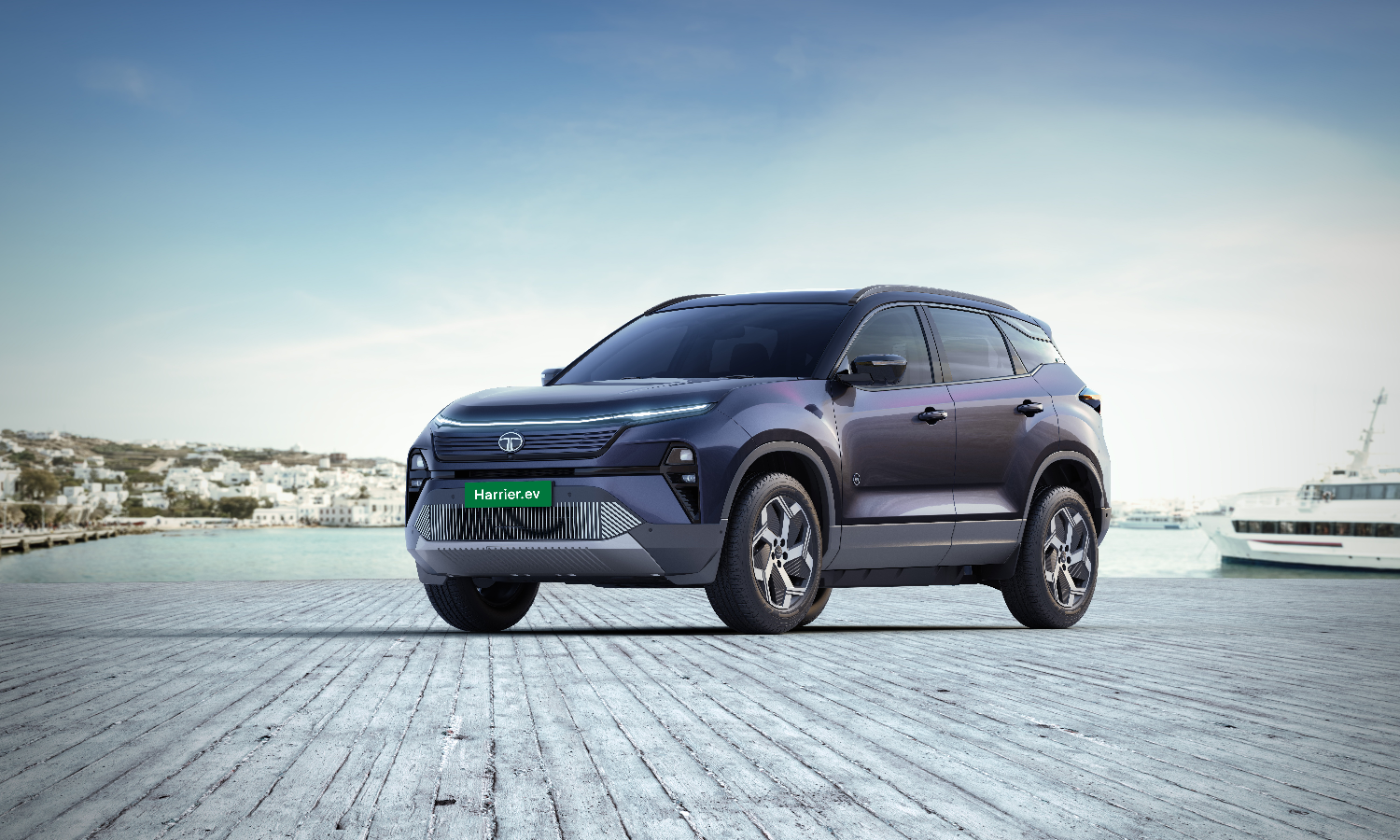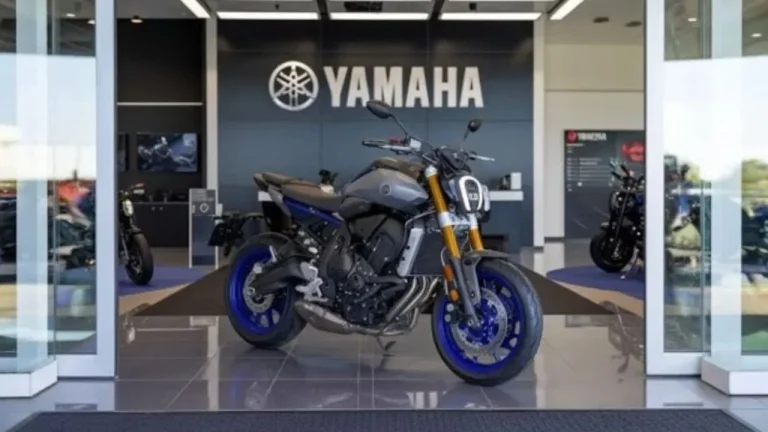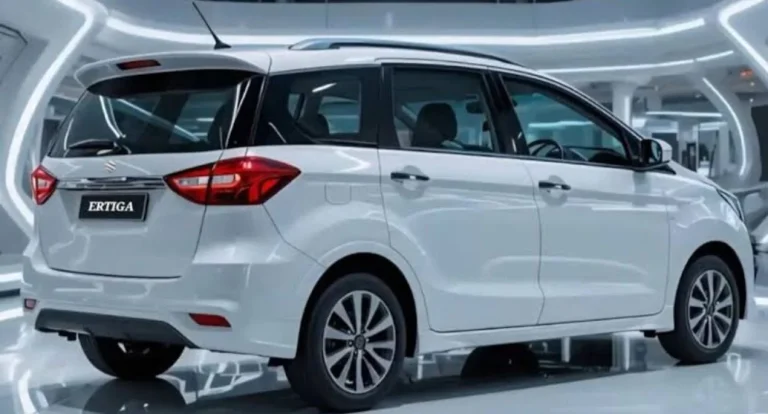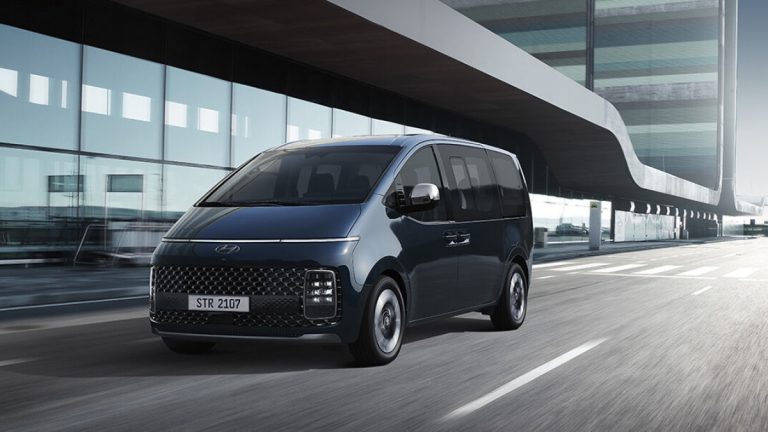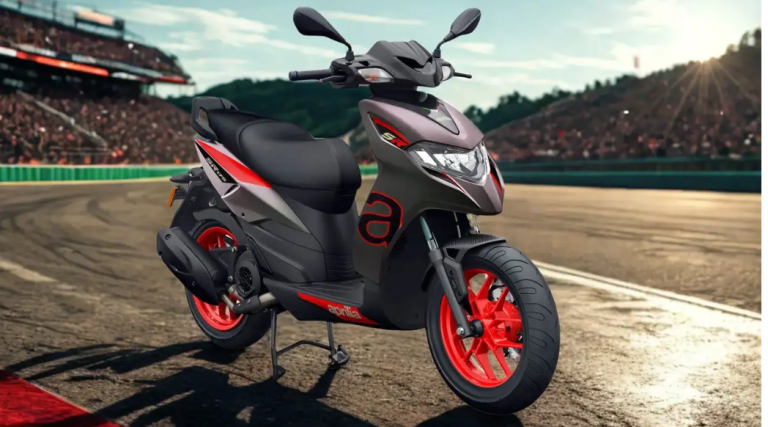Tata Harrier EV vs Harrier Diesel: Two Very Different SUVs with the Same Name
The Tata Harrier has evolved into a family of SUVs, with one variant running on diesel and the other fully electric. Though both wear the Harrier badge, they couldn’t be more different in performance, technology, and ownership experience. Let’s dive deep into how the Harrier EV compares to its diesel-powered sibling in the real world.
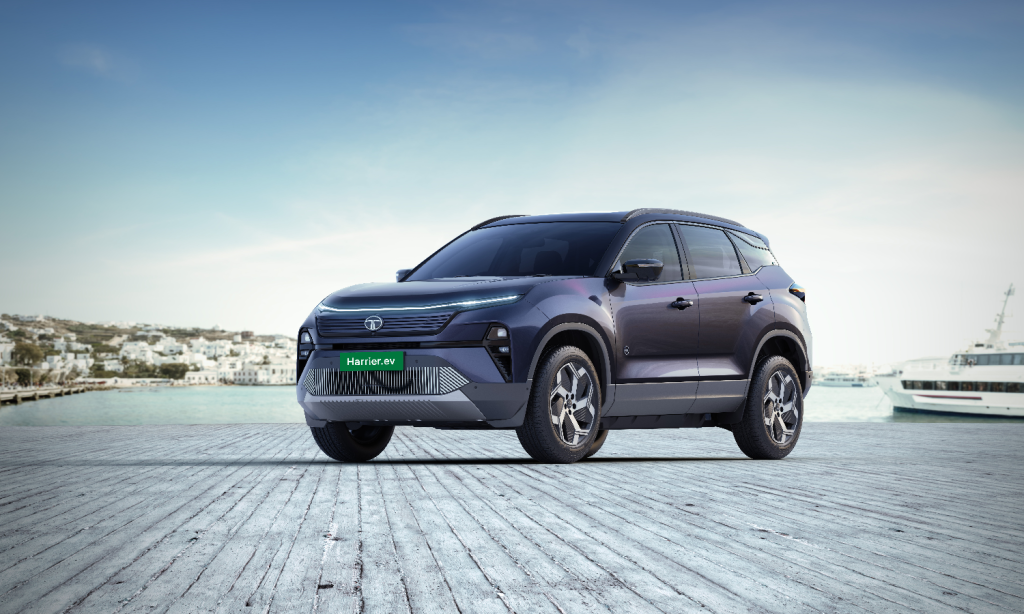
Design: Similar at a Glance, Different Up Close
From a distance, both Harriers maintain a bold, muscular stance typical of Tata SUVs. But a closer look reveals their personalities.
- Harrier EV features:
- Full-width LED light bar
- Aerodynamic closed-off grille
- Flush surfaces and EV-specific elements
- Harrier Diesel features:
- Traditional SUV styling
- Prominent grille and air dams
- Rugged and aggressive look
While both look premium, the Harrier.ev leans towards futuristic minimalism, whereas the diesel version sticks to classic SUV ruggedness.
Powertrain: Diesel Muscle vs Electric Might
Harrier Diesel
- Engine: 2.0-litre Kryotec turbo-diesel
- Power: 168 bhp, 350 Nm
- Gearbox: 6-speed manual/automatic
- Focus: Long-distance capability, torque-heavy performance
The diesel engine is robust and well-suited for highway cruising and towing. It appeals to traditional buyers who value reliability and range.
Harrier EV
- Motors: Dual electric motors (AWD), also available in RWD
- Power: 238 bhp, 504 Nm
- 0–100 km/h: 6.3 seconds
- Platform: Gen2 EV architecture
- Drive Modes: Regenerative braking, single-pedal driving, etc.
The EV variant brings performance levels unheard of in Tata’s lineup until now. It’s quicker, cleaner, and better suited for urban mobility and sustainability.
Range and Efficiency
Harrier Diesel
- Fuel Tank: 50 litres
- Mileage: 15–17 km/l (highway average)
- Range: ~750–800 km
- Running Cost: Higher over long term due to fuel prices and service
Harrier EV
- Claimed Range: 627 km (ARAI)
- Real-world Range: ~450 km
- Charging: Fast-charging support
- Running Cost: Very low per km, near-zero maintenance, zero tailpipe emissions
In terms of running cost and sustainability, the EV clearly wins. However, for remote travel or areas with limited charging infrastructure, diesel is still the practical pick.
Tech and Features
Both versions are well-loaded, but the Harrier EV gets the edge with modern tech:
- EV-exclusive features:
- Digital cockpit with OTA updates
- Futuristic gear selector
- Eco-conscious materials
- Diesel variant:
- Conventional interior layout
- Tougher build focus
- Trusted mechanicals
Verdict: Two Harriers, Two Purposes
| Category | Harrier Diesel | Harrier EV |
|---|---|---|
| Powertrain | 2.0L Diesel, Manual/Auto | Dual Motor EV, AWD/RWD |
| Performance | 168 bhp, 350 Nm | 238 bhp, 504 Nm |
| Range | ~800 km | ~450 km (real-world) |
| Running Cost | High (fuel + service) | Low (electric, less service) |
| Emissions | Yes | Zero |
| Driving Feel | Traditional SUV | Futuristic, silent, zippy |
| Charging Time | Not applicable | Fast DC + AC charging |
| Suitability | Long-distance, rural use | City, daily commute, tech-savvy buyers |
The Tata Harrier EV and Harrier Diesel cater to two distinct customer segments. One is for the eco-conscious early adopter, while the other is for the traditional SUV enthusiast. Despite sharing the same name and silhouette, they represent two sides of Tata Motors’ evolving strategy.
Conclusion
If you’re looking for a reliable highway cruiser, the Harrier Diesel remains a solid bet. But if your focus is on future-ready mobility with lower running costs, the Harrier EV is the clear winner. Tata has successfully created two very different SUVs under the same name, each excelling in its own domain.

Latest car & bike reviews, comparisons, aur automotive news – sab kuch Hindi me! Yahan milega aapko trusted automobile updates, tips, aur expert advice – apni dream gaadi choose karne ke liye perfect jagah.

